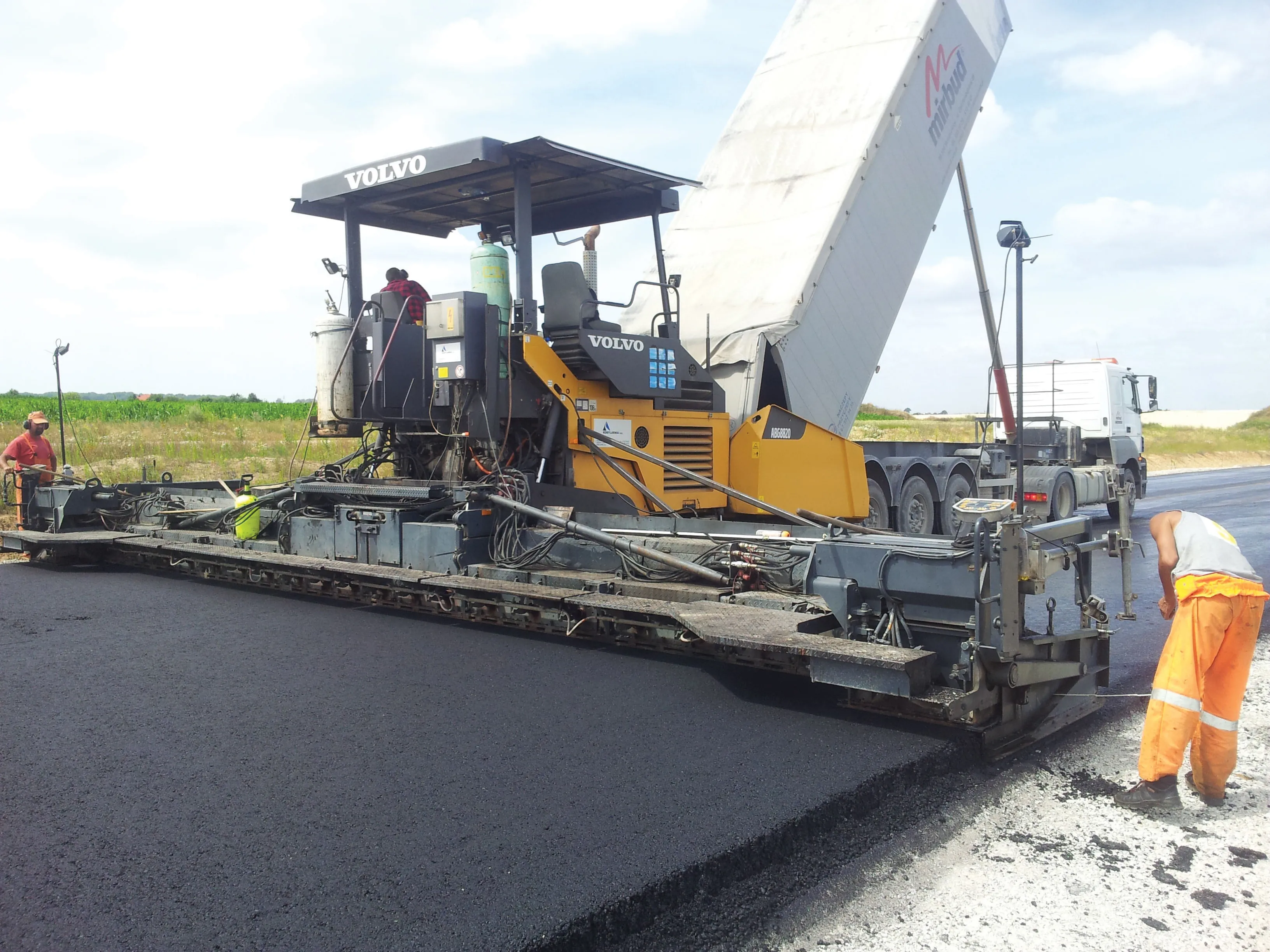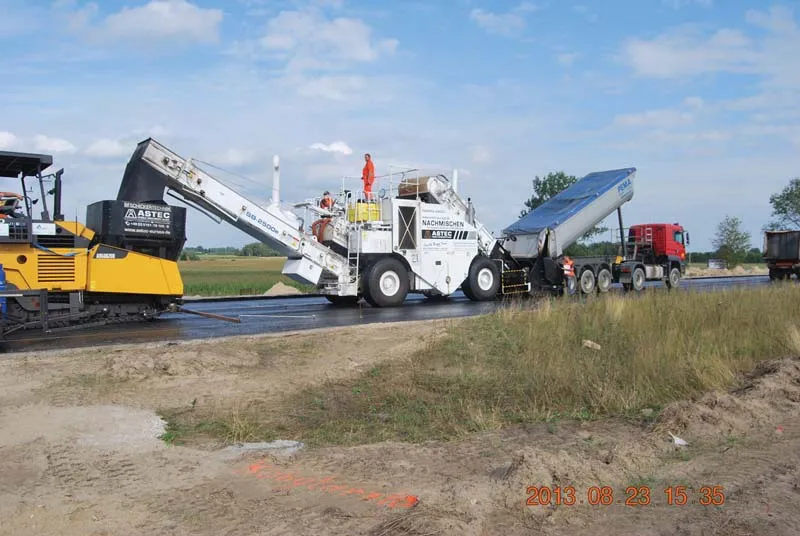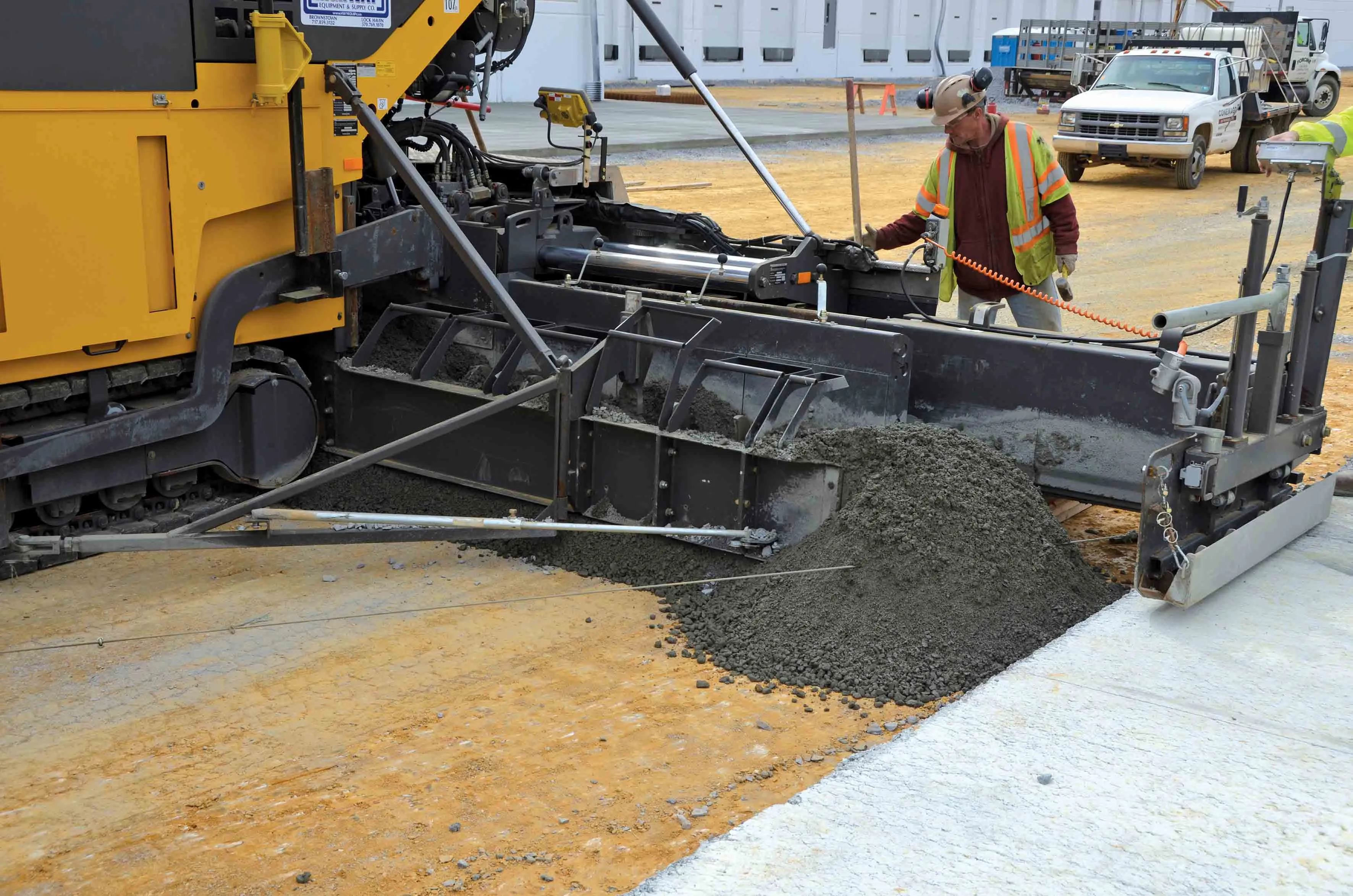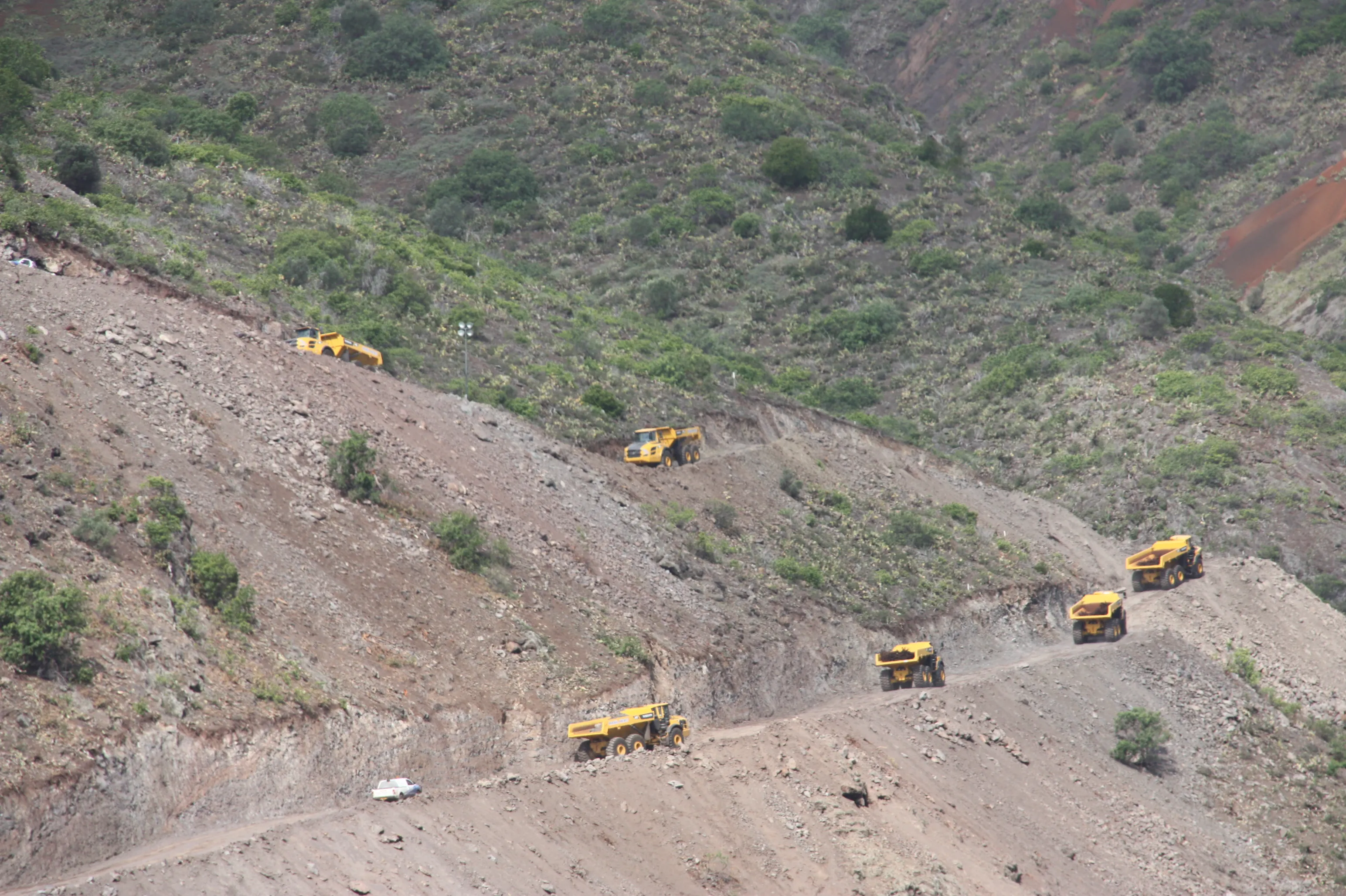Polish contractors Salini Poland and PBDiM Kobylarnia are building a 64km section of the A1 highway between
Toru (Northwest of Warsaw) and Kowale (just south of Gdansk on the Northern coast). This project will complete a key section of the highway and is being funded by the Polish road authority (GDDKiA). Worth some €107 million this is one of three schemes being undertaken by the consortium to complete the main A1 highway.
December 17, 2013
Read time: 2 mins

Polish contractors Salini Poland and PBDiM Kobylarnia are building a 64km section of the A1 highway. This project will complete a key section of the highway and is being funded by the Polish road authority (GDDKiA). Worth some €107 million this is one of three schemes being undertaken by the consortium to complete the main A1 highway.
Eko-trans, a sub-contractor for PBDiM Kobylarnia, mobilised its fleet of359 Volvo CE articulated haulers as well as nine Volvo excavators (EW140D, EW160C and EC240CLR) and Volvo single drum soil compactors (SD115, SD122 and SD130) to carve the landscape and then create and prepare the base.
Two of PBDiM Kobylarnia’s Volvo ABG 8820 pavers are using 11m wide screeds to pave the complete carriageway in a single pass, while sub-contractor Pruszków–Drogomex is using a Volvo ABG6820 and a Volvo ABG7820 to pave the same width in echelon. Asphalt is being delivered to the pavers using Volvo trucks.
PBDiM Kobylarnia bought its second Volvo ABG8820B, specifically for this project, replacing two competing machines and offering a fuel saving of over 36%. The firm says that one of these Volvo CE pavers uses just 14litres/hour when paving a 12m width, compared with the 22litres/hour consumed by two machines from a rival working in echelon, which the company used previously for this width.
Volvo CE dealer in Poland, Volvo Maszyny Budowlane Polska is supporting the project, looking after long-term customer Pruszków–Drogomex, a contractor whose fleet of pavers is exclusively Volvo.
Eko-trans, a sub-contractor for PBDiM Kobylarnia, mobilised its fleet of
Two of PBDiM Kobylarnia’s Volvo ABG 8820 pavers are using 11m wide screeds to pave the complete carriageway in a single pass, while sub-contractor Pruszków–Drogomex is using a Volvo ABG6820 and a Volvo ABG7820 to pave the same width in echelon. Asphalt is being delivered to the pavers using Volvo trucks.
PBDiM Kobylarnia bought its second Volvo ABG8820B, specifically for this project, replacing two competing machines and offering a fuel saving of over 36%. The firm says that one of these Volvo CE pavers uses just 14litres/hour when paving a 12m width, compared with the 22litres/hour consumed by two machines from a rival working in echelon, which the company used previously for this width.
Volvo CE dealer in Poland, Volvo Maszyny Budowlane Polska is supporting the project, looking after long-term customer Pruszków–Drogomex, a contractor whose fleet of pavers is exclusively Volvo.









